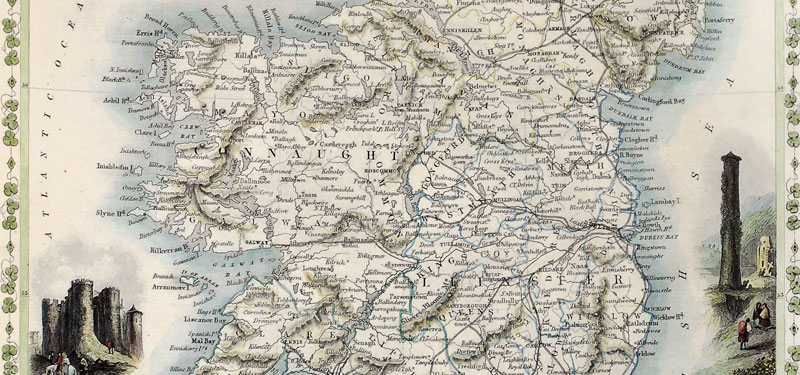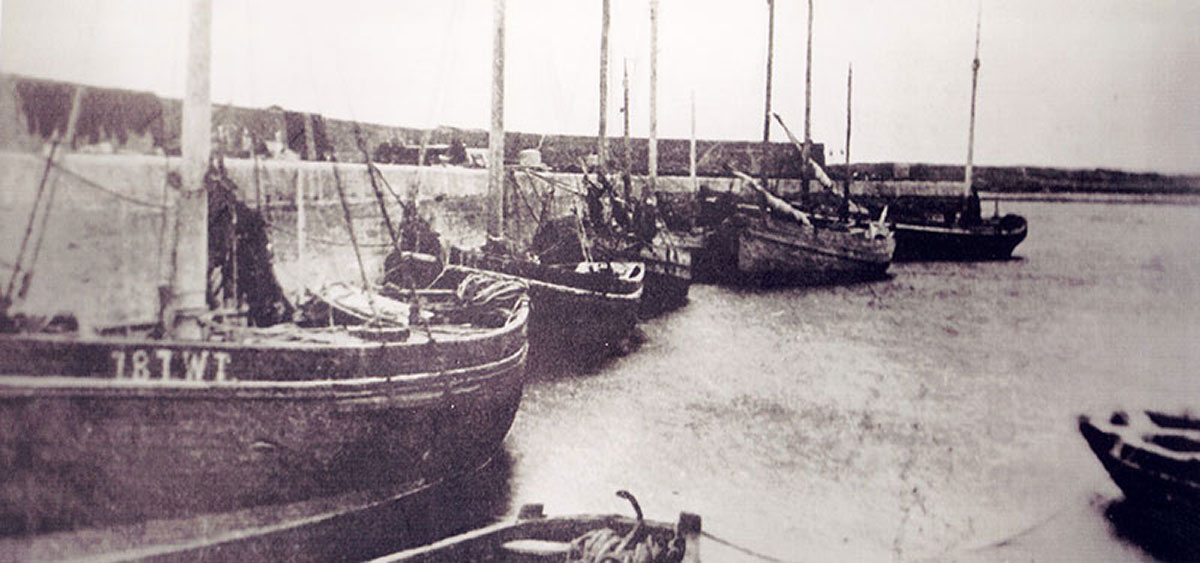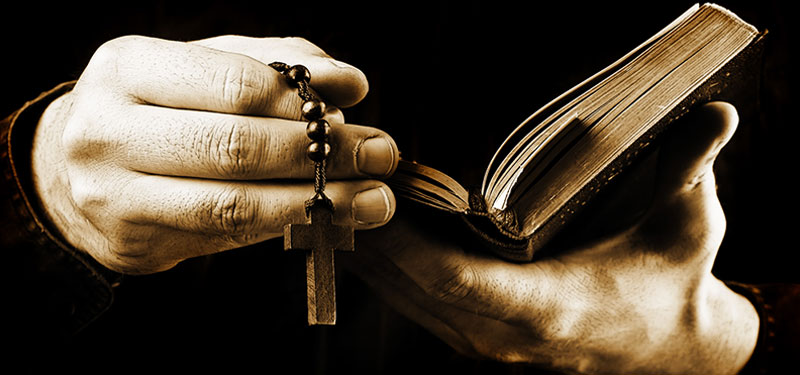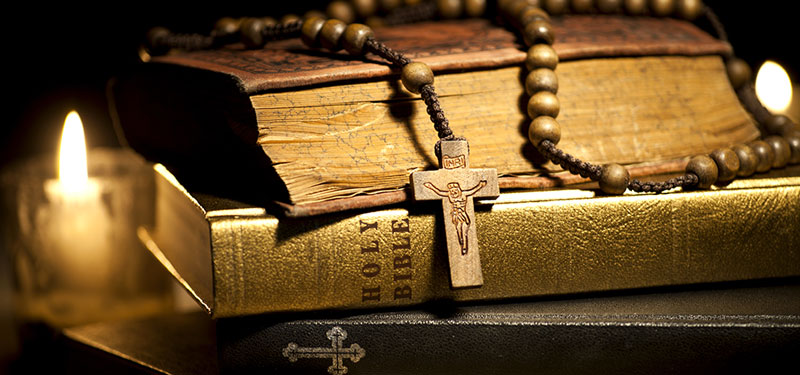Old Baronies of Ireland
Over 100 years later the land were leased to James Garvey, brother of John Garvey, the Church of Ireland Archbishop of Armagh.
A chalice which is now kept in Tuam bears the following inscription:
Pray for the souls of Theobald, Lord Viscount Mayo and his wife, Maeve ni Cnochoure who had me made for the monastery of Murrisk in the year of our Lord 1635.
Murrisk is one of the old Baronies of Ireland, and by the mid 19th century the Barony of Murrisk comprised 274 Townlands spread across west Mayo along the southern edge of Clew Bay from Westport in the east to Clare Island and Inishturk in the west, including the Civil Parishes of Oughaval, Kilgeever and Aghagower. For a time Inishboffin island was within its domain.
Under the Acts of Settlement the Garveys were granted lands at Murrisk and Carrowkeel in the parish of Oughaval, barony of Murrisk, county Mayo. At the time of the Griffith's Valuation in the mid 19th century, John Christopher Garvey held 9 Townlands in the parish and in 1876 his son Francis owned 1,890 acres in county Mayo. Murrisk Lodge was held in fee by John Christopher Garvey when it was valued at £20.
By March 1916 the Garveys had accepted an offer from the Congested Districts' Board for the purchase of their estate. The principal home of the Garvey family, Murrisk Lodge, was sold in the 1960s.
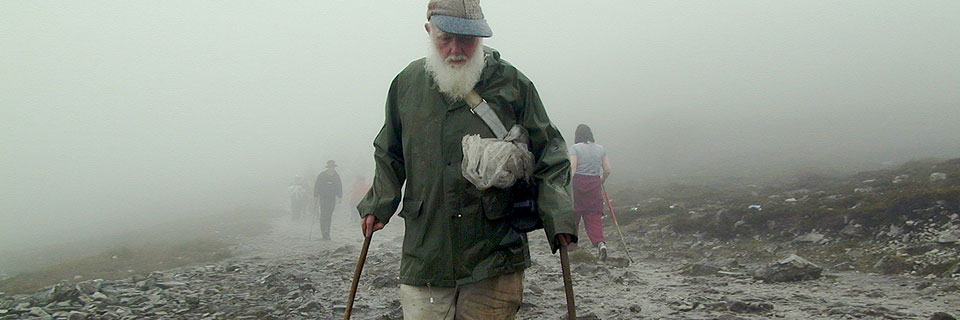
Annual Pilgrimage
On the last Sunday of July the annual Pilgrimage to Croagh Patrick takes place, starting in Murrisk. A month later on the last Sunday of August, the well known Pattern and Heritage Day takes place. This is traditionally a feast day in honour of the Patron Saint and a village celebration. In recent times this traditional had been revived and villagers and locals now enjoy a family fun day with music, dancing, stalls and a country fair.
Fishing Industry
For many years fishing was an important industry in Murrisk. An extract from the Congested Boards for Ireland 1891-1923, which is displayed in the Fisherman’s Museum in the Community Centre, reported that “most of Mayo comprises cliffs interspersed with beaches of sand or shingle where boats cannot be kept safely and fishermen have not got the same seagoing capacity as Donegal or Galway.” It added that “at Murrisk there has been a fishing population working on a small scale in trawlers for over 50 years.
In 1894 the Congested Districts Board built a small pier at Murrisk for fising boats to use and anchor safely. The industry was at its peak betwen 1940 and 1960 before a remorseless decline set in as transport rates spiralled and now activities are concentrated on harvesting inshore shellfish.
Many of the boats and trawlers that worked from the Pier in those years are commemorated in the Fishermen’s Memorial built by the Murrisk Development Association in 2005. This monument was erected to honour the contributions of the traditional seafaring fishing community and allow people to remember all those who worked on the boats that fished out of Murrisk.
